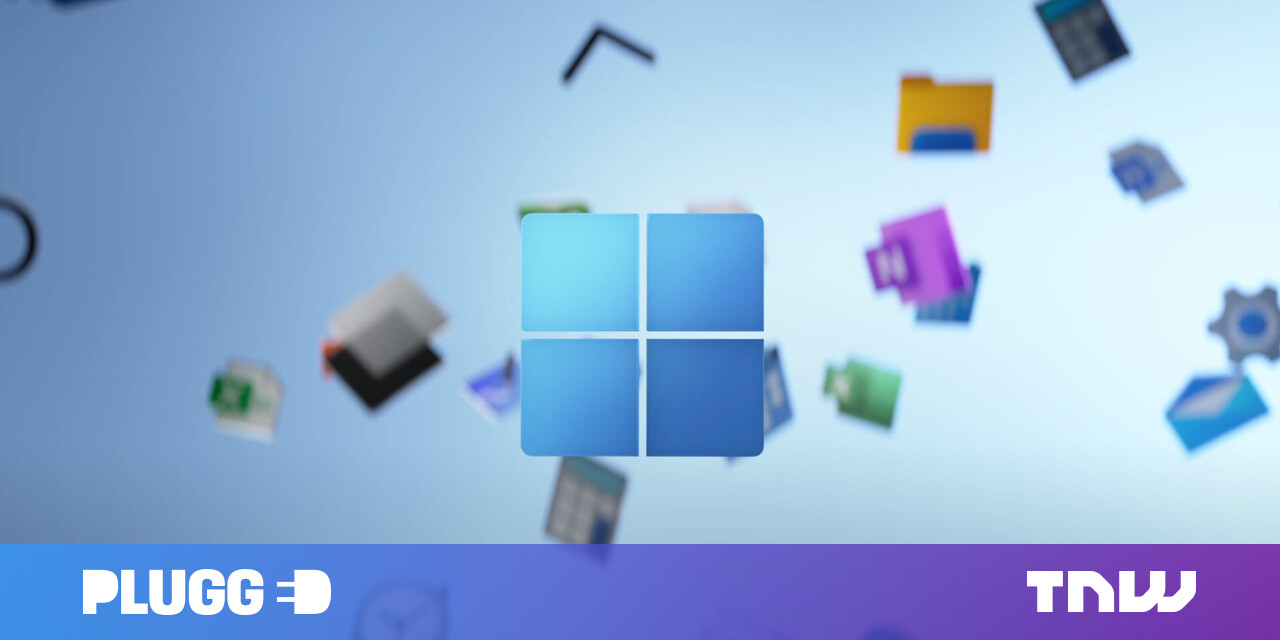#Is an Upgrade Worth It?

Table of Contents
“Is an Upgrade Worth It?”

DDR5 is objectively better than DDR4 on average, and DDR5 is doubtless the memory standard you’ll one day have in your computer. However, its current pricing and relatively small real-world performance increase don’t yet warrant an upgrade.
DDR5 is the latest and greatest memory standard that promises to be better than DDR4 in almost every way, but does that mean you should throw your DDR4 in the trash and rush out to buy DDR5? Read this first.
What Is RAM?
RAM (Random Access Memory) stores data actively used by the computer’s central processing unit (CPU). It acts as a kind of “buffer” between the CPU and the hard drive, allowing the CPU to quickly access and manipulate data without having to access the slower hard drive constantly. Understanding the differences in how RAM works is essential to understanding the difference between DDR4 and DDR5.
The Differences Between DDR4 and DDR5 RAM
One of the main differences between DDR4 and DDR5 RAM is speed. DDR4 RAM operates at effective speeds of up to 3200 megahertz (MHz), while DDR5 RAM can operate at effective speeds of up to, well, we don’t know yet. There’s talk of future speeds in excess of 7GHz, though, at the moment, the fastest DDR5 you’re likely to find will top out at 6400 MHz.
Another difference between the two types of RAM is capacity. DDR5 offers up to four times the per-module memory capacity, so we expect some truly huge modules compared to DDR4, which maxes out at 64GB per stick. That’s a capacity usually reserved for servers and other enterprise-grade computers.
One factor that’s gotten objectively worse with DDR5 is latency. That’s the delay between the RAM being asked to provide data and actually starting the transfer. Since it’s so much faster you’ll still get loads more data sooner than with DDR 4, but some applications may be latency sensitive when it comes to RAM, so keep that in mind.
DDR5 also uses less power than DDR4, but that’s not all that relevant to desktop users. However, every watt you can save in a laptop is valuable for mobile computing.
Factors to Consider Before Upgrading to DDR5 RAM
Before you rush out to upgrade your PC with DDR5 RAM, there are a few relevant notes on the memory standard you should keep in mind.
Compatibility
The most important thing to consider when upgrading to DDR5 RAM is whether your computer is compatible. DDR5 is not backward compatible with DDR4 motherboards, so you’ll need to ensure that your motherboard is compatible with DDR5 before making the switch.
This is where things get complicated quickly because if you change your motherboard to accommodate DDR5, you’ll likely have to change your CPU if it needs a new socket and doesn’t support DDR5 memory. If you’re replacing the motherboard, CPU, and memory you’re not far off paying for a whole new computer. We’ll unpack this more in the cost discussion below.
RELATED: How Does RAM Speed and Timing Affect My PC’s Performance?
Actual vs. Noticeable Improvements
Another factor to consider is whether the performance improvements of DDR5 RAM are worth the cost of upgrading. While DDR5 RAM is generally faster than DDR4 RAM, the actual performance improvements may not be meaningful in real life. This is why benchmarks published for the software you want to run are crucial. Look for benchmarks that try to control for everything but RAM, so you can clearly understand DDR 5 memory’s impact on your workload.
Availability
Can you even get your hands on DDR5? It’s still a relatively new technology, so it may be harder to find than DDR4 RAM. This also plays into cost because if there’s high demand for a scarce item, it will inflate prices.
Real-World Applications and Benefits of DDR5 RAM
So if you do decide to upgrade to DDR5, what benefits will you actually get? Let’s look at some use cases.
Gaming
DDR5 RAM can improve gaming performance by allowing the computer to quickly access and manipulate large amounts of data, such as high-resolution textures and complex 3D models. If your CPU spends less time waiting for data, your GPU is waiting less for your CPU. So you can expect more frames per second.
Of course, this depends on the exact type of game, and even then, the actual improvement may only be in the single percentages. So you may get a bigger uplift from getting a new CPU or GPU with your current DDR4 system.
Multimedia Creation
Video editing software can be resource-intensive, and having fast, high-capacity memory can help improve performance. There may be a real case for DDR5 for video editors who need as much bandwidth as possible, but that’s not going to be everyone and largely only applies to professional editors working on larger budget projects.
Data Processing
Data analysis tasks, such as machine learning and scientific simulations, often require lots of memory and fast data access. If you’re training AI models that benefit from every CPU or GPU core you can throw at them, DDR5 could have a worthwhile proportional benefit.
Cost Analysis: Is an Upgrade to DDR5 RAM Worth It?
The cost of upgrading to DDR5 RAM will depend on several factors, including the type and capacity of the RAM you currently have, the type and capacity of the DDR5 RAM you are considering, and the overall cost of upgrading your system.
It’s difficult to discuss the direct difference in DDR module cost in terms of specific numbers because DDR5 is likely to drop in price steadily as supply goes up and it becomes the new mainstream memory standard.
At the time of writing, the per-GB price difference of 3200 Mhz DDR4 is often half that of entry-level DDR5 memory. This is just a ballpark observation since it depends on many other factors, such as module capacity and brand. However you look at it, though, the difference is still significant.
So is that current gulf in cost justified by the performance differences? The simple answer is no.
If you upgrade to a DDR 5 system, it makes more sense as a way to access newer CPUs, motherboards, and GPUs than to boost memory performance alone. If you’re happy with your current computer’s overall performance, the slight improvement in real-world performance isn’t worth the money.
If you’re using your computer to make money, however, and the time that DDR5 will save you when running data analysis, editing a complex 4K video timeline, or something equally intense that benefits from RAM bandwidth, then the question really boils down to how quickly the RAM will pay for itself. If you like the answer to that equation, then there’s no particular reason to avoid DDR5 if its cost is not a factor.

G.Skill Trident Z5 RGB Series 32GB DDR5 6000
G.Skill’s DDR5 RAM kit is one of the most affordable options for DDR5 early adopters, and with a motherboard firmware update it’s possible to reach that full 6GHz speed it promises on the box.
If you liked the article, do not forget to share it with your friends. Follow us on Google News too, click on the star and choose us from your favorites.
For forums sites go to Forum.BuradaBiliyorum.Com
If you want to read more like this article, you can visit our Technology category.




